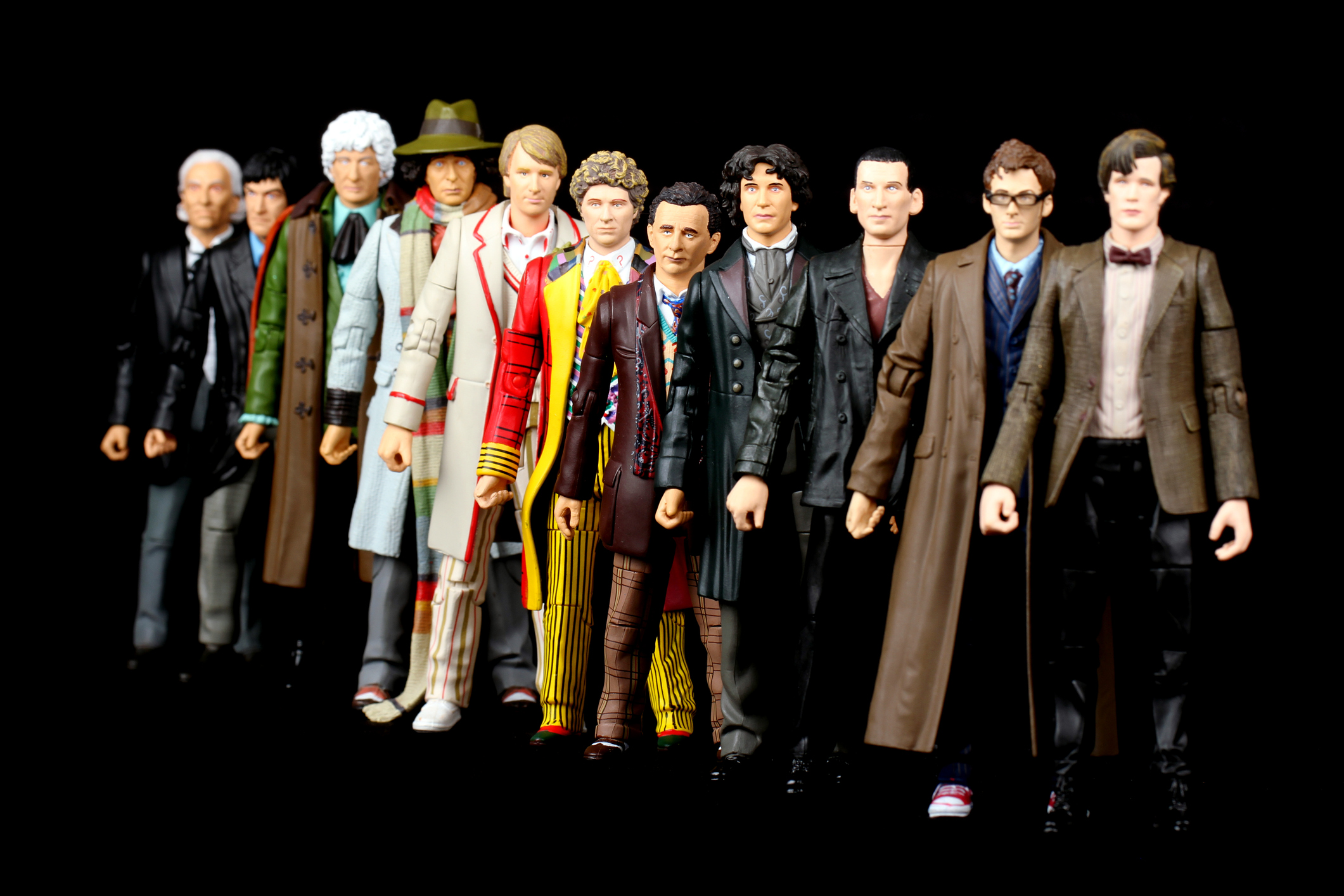
July 28, 2017, by Charlotte Anscombe
The first female Doctor: only the first step
Dr Leora Hadas from the department of Culture, Film and Media gives us her views on the latest Dr Who casting.
“The last few years have been remarkable for women in popular media – perhaps even triumphant. Amidst ongoing and intense debates about representation, Mad Max: Fury Road had combined a powerful heroine with frank discussion of sexual violence and toxic masculinity; Patty Jenkins’ Wonder Woman smashed box office records; and the upcoming Star Trek: Discovery cast two women of colour as its leads. Jodie Whittaker’s casting in Doctor Who as the first woman to play the show’s eponymous lead seems to be riding a massive wave of cultural change, and is rightly celebrated as a milestone.
“Whittaker’s casting makes an especially remarkable transition considering the type of character represented by the Doctor: the quirky, otherworldly genius, who suffers from lacking social and domestic skills. The BBC’s own Sherlock is a poster child, but the type has been developed to unfortunate perfection by an endless parade of U.S. procedurals taking cues from Holmes, from Dr. House to the Elementary version. Often, these heroes are also attached to a female co-lead who acts as a stabilizing, humanizing influence. The resulting dynamic, while sometimes charming on screen, reflects an exasperating and exhausting reality in which women are the primary providers of both domestic and emotional labour.
“It is not yet obvious that Whittaker’s Doctor would be able to challenge it: much would depend on her companion and their relationship. The tale of a brilliant and vivacious woman who serves only as a device to transform a man’s dull life is just as tired by now. Yet new showrunner Chris Chinball need only do the most basic of pop cultural homework to make the thirteenth Doctor an important first step.
I say first step because, however revolutionary the casting of this Doctor has been, the true test for this moment of change would be in the casting of the next.
“Among other types of malcontent, the casting of Whittaker has been called pandering. Supposedly, the BBC had succumbed to pressure from a vocal minority, and had elected to please them at the expense of both their wider audience and the show’s authentic vision. Neither is likely: the casting has seen widely positive response, and the idea that a show on the scale of Doctor Who has anything like an authentic vision divorced from audience wishes is at best dubious. Yet we should be wary of the possibility that Whittaker’s casting will represent, perhaps not an outright stunt, but an “event” that is outside the status quo.
“The BBC are surely not unaware that the current cultural mood is, to borrow the Doctor’s own phrasing, “all girl”. Yet as social scientists such as Antonio Gramsci and Raymond Williams have long observed, the cultural mainstream is a matter of negotiation. Ideas that start out as subversive – such as a female Doctor – are often incorporated into consensus in a form that can give the appearance of issues solved while preserving power structures. Famously, between 2008-2014 Doctor Who had no female writers on staff. The current count? One.
“This should concern us even more since in many ways, casting one female Doctor would be worse than casting none at all. One woman representing her gender in an otherwise uniform group of men is such a well-entrenched pattern in popular media, it even has a name: the Smurfette Principle. We will not gain much from a Doctor whose defining characteristic is “the female one”: “female” is not a personality.
“Popular media has long taught us that a single woman among a line-up of men bears the burden of representing her entire gender, creating “women” as a monolith with a single set of characteristics, not unlike the alien races of science fiction that can be described wholesale with a couple of adjectives (Daleks: genocidal, shouty). Male Doctors have come in a reasonable variety of flavours, giving us a range of models for “man”: men young and old, in shapes and sizes (though unfortunately, not yet colours), as broody as Eccleston’s take or as goofy as Tenant’s. “The female one” cannot become the equivalent of “the broody one”. The show’s creative team have so far done well to assert the Doctor’s essential genderlessness; they would do well to remember these assertions however long down to line. Unless action joins speech in showing that the role of the Doctor is indeed permanently open to gender-neutral casting, this tremendous step forward could end up being a disheartening step back.”
No comments yet, fill out a comment to be the first

Leave a Reply